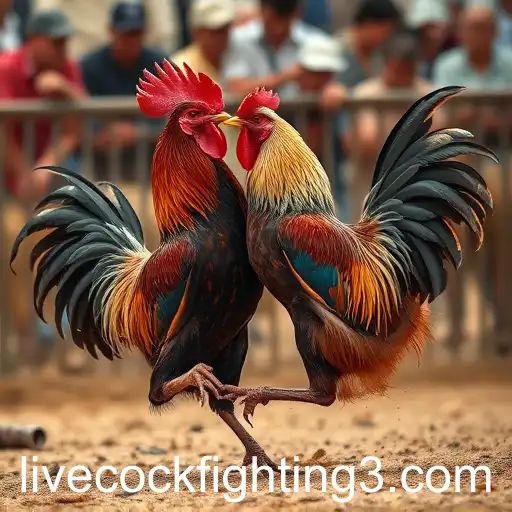Cockfighting is a blood sport with ancient roots, believed to have originated in Southeast Asia over 6,000 years ago. This brutal form of entertainment has since traversed cultures and continents, leaving a controversial yet indelible mark on the history of sports.
Though many current societies condemn cockfighting due to animal cruelty concerns, its persistence in some regions underscores deep cultural and historical connections. For instance, in the Philippines, cockfighting—locally known as 'sabong'—is not merely a sport but a tradition that binds communities, evoking passion and competitiveness. The people of this archipelago nation have embraced the sport so fervently that it has become an integral part of their cultural heritage, with arenas dedicated to matches and even television broadcasts to cater to the audience's unyielding enthusiasm.
Cockfighting's presence in history is also well-documented in European contexts. During the Roman Empire, the Romans likely borrowed the sport from Greek customs, where cockfights were held outside coliseums and betting on matches became a common pastime. Such practices made their way into medieval England, where cockfighting became a popular gambling activity among the nobility and common folk alike. In fact, it was so prevalent that even schoolchildren engaged in the spectacle during the Tudor period. The sport's legal status fluctuated over time, with Queen Elizabeth I notably being an ardent supporter.
However, the sport's violent nature and ethical concerns over animal welfare have led to a global decline in legalized cockfighting. Countries like the United States have uniformly banned the practice, citing it as animal cruelty. The event's legality across the world is thus fragmented, often dependent on historical and cultural influences. Despite legal challenges, cockfighting persists, largely underground or protected by cultural exception in certain locales.
In the digital age, the visual intensity of cockfighting has not gone unnoticed. Online platforms have attempted to offer users a virtual peek into the world of cockfighting via simulated gaming or video documentation of live events. This transition signifies a shift from physical rings to digital screens, indicating that the cultural fascination with cockfighting is adapting to new arenas.
In conclusion, while live cockfighting remains a contentious issue, its historical context cannot be ignored. It provides insights into human culture, regional beliefs, and the evolution of sports. It serves as a reminder of how sports, whether revered or reviled, reflect the societal values and traditions of the times. As debates over its ethical implications continue, the world watches how this ancient practice will navigate the evolving landscape of modern sports.

Exploring the historical roots and cultural significance of live cockfighting as a sport.




